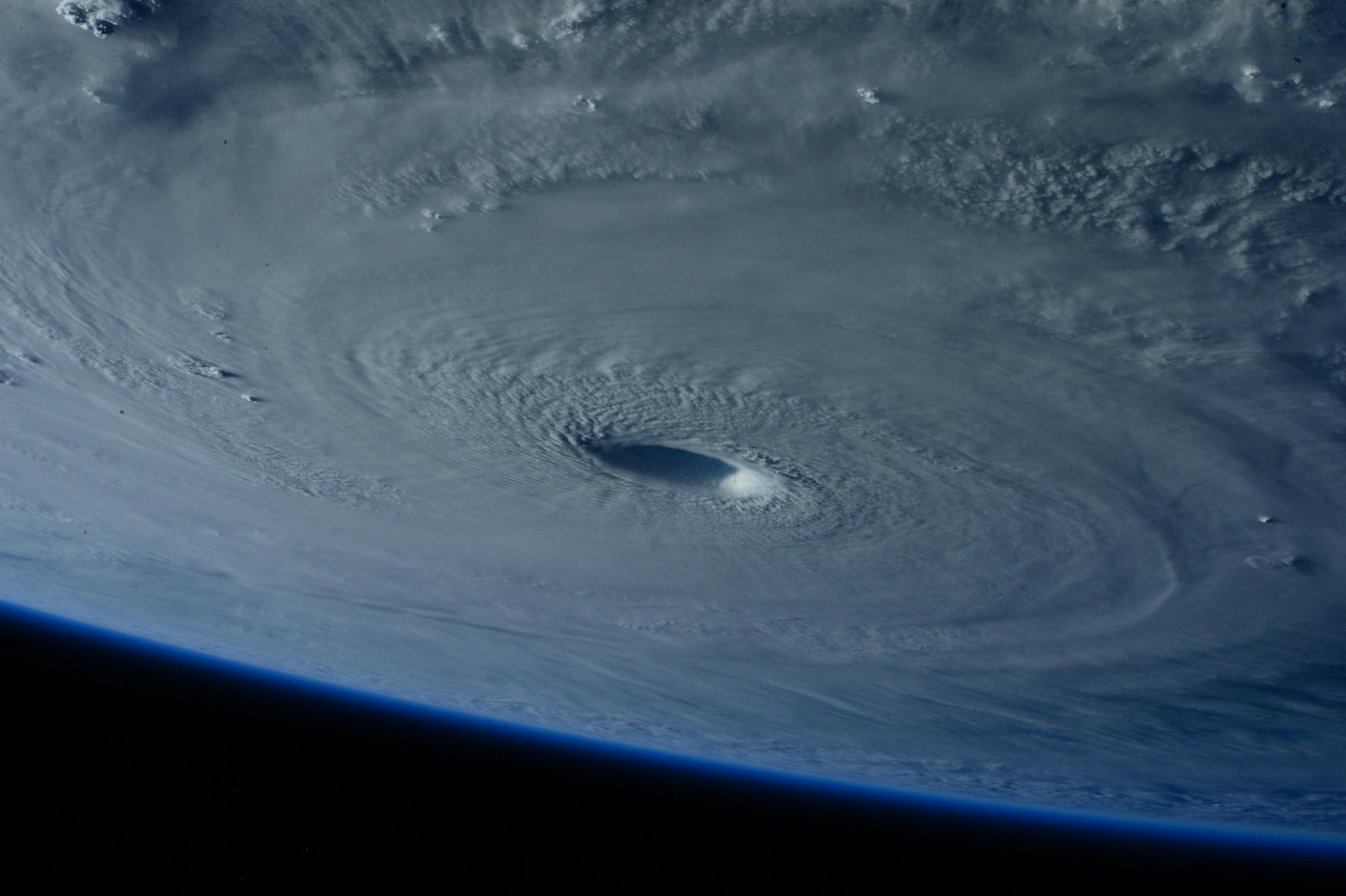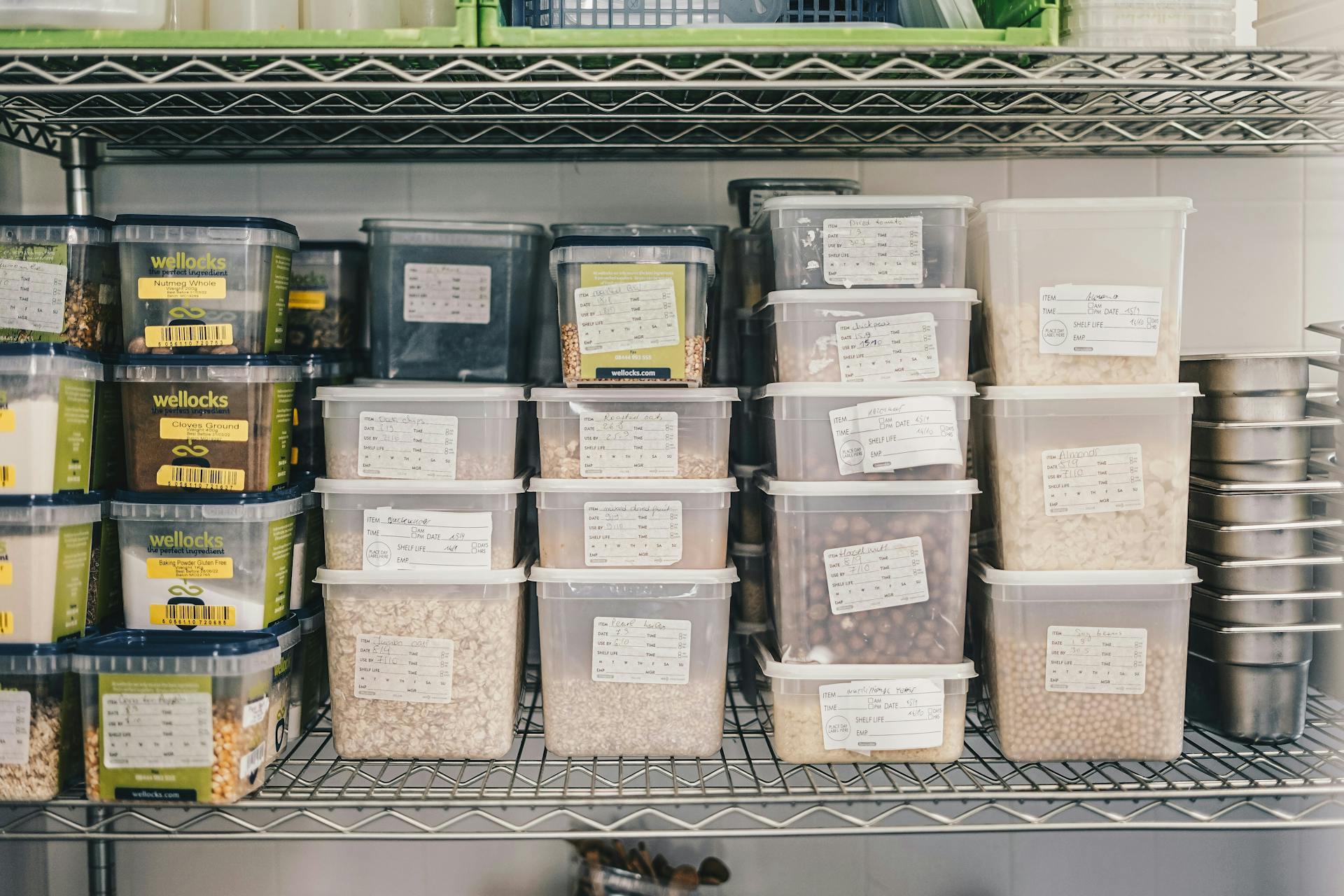Our Top Storage Tips to Prepare for a Hurricane
Find your Smart Storage™ unit.
We have locations across the United States providing onsite StoreEase Virtual Customer Service™ and 2 Minute Move In® contactless rental.
We have locations across the United States providing onsite StoreEase Virtual Customer Service™ and 2 Minute Move In® contactless rental.


When a hurricane warning hits the news, it’s easy to feel powerless. Between the storm path updates and evacuation alerts, there’s a lot you can’t control, but there’s also a lot you can. One of the best ways to protect your home, your memories, and your peace of mind is by preparing smart storage plans ahead of time.
Many families find out too late that basic readiness (batteries, bottled water, sandbags) isn’t enough. Without proper storage, wind, rain, and flooding can destroy documents, electronics, food, and valuables long before the storm reaches its peak.
Here’s how to protect your belongings with straightforward storage strategies that work before, during, and after a hurricane.
Start with the items that are hardest to replace: birth certificates, insurance paperwork, home titles, medical records, and identification. Place original copies in sealed, waterproof containers. Plastic bins with locking lids and rubber gaskets are widely available and highly reliable.
Back up digital versions to a cloud service, and store them on a flash drive that stays in your emergency bag. If internet access goes down, you’ll still have a way to share information with insurance companies, emergency responders, or healthcare providers.
For irreplaceable items like old photographs or handwritten letters, make high-resolution digital copies and store those copies both in the cloud and on an external drive. The originals should go in waterproof containers kept on upper floors or shelves, away from areas that are more likely to flood.
Plastic storage bins are one of the simplest and most effective tools for preparing for a hurricane. Store everything you can off the floor and in bins that seal completely. Stack bins with heavier items on the bottom and lighter items on top, but never stack so high that you can’t reach the labels or lids quickly.
Vacuum-sealed bags are especially useful for soft goods like clothing, blankets, or fabric-based keepsakes. They reduce bulk and protect against both water and air exposure. Place sealed bags inside larger bins for added protection.
Avoid cardboard boxes. They collapse quickly when wet and often draw in mold and mildew, even if they’re not fully submerged.
If you're not evacuating and plan to ride out the storm at home, elevate furniture wherever possible. Wood blocks or furniture risers can lift items above potential flood levels, even if it’s only by a few inches. That small change can keep furniture dry in a shallow flood.
For items that can’t be moved, wrap them tightly in heavy plastic sheeting. Secure the wrap with water-resistant tape, making sure there are no gaps at the bottom or sides. This is especially important for upholstered furniture or mattresses, which are difficult to salvage after water exposure.
Electronics are some of the most sensitive items in your home and among the easiest to overlook when preparing for a hurricane. Even without direct water contact, condensation and humidity can cause damage during long power outages.
To prepare, remove batteries where possible to prevent corrosion. Wrap devices in plastic, place them in sealed containers, and add silica gel packets to absorb moisture. Keep chargers and power banks fully charged and stored with your emergency supplies.
Label each container clearly so you can locate your items quickly if you need them. Avoid stacking anything heavy on top of bins holding electronics.
One of the biggest risks after a hurricane is mold. If power goes out, so does your air conditioning. That means humidity levels rise quickly, and mold can start growing in as little as 48 hours.
To help prevent this, add moisture-absorbing packets or tubs (like DampRid or silica) inside storage containers. Use vacuum-sealed bags for anything cloth-based, and avoid opening sealed bins unless absolutely necessary once the storm has passed and the humidity is high.
Keep bleach wipes, disinfectants, and gloves in a clearly labeled container near your storage supplies. If any water intrusion happens, quick action matters.
Hurricanes often mean power outages and that means food spoilage and water access become immediate concerns. Start by building a supply of non-perishable food that lasts at least seven days. Store items in airtight containers and label each bin by expiration date.
Avoid storing food directly on the floor. Use shelves, elevated surfaces, or stackable bins to keep items off the ground in case of minor flooding.
For water, the goal is at least one gallon per person per day. Store water in clean, food-grade containers. Bathtub storage bags can provide up to 65 gallons of clean water for washing or flushing. For drinking, freeze water bottles ahead of time. They help keep your freezer cold longer and become an emergency water source as they thaw.
Check bottled water stored in bulk for leaks or cracks, and keep it out of direct sunlight or hot garages. Rotate your supply seasonally.
Many hurricane losses could have been reduced—or avoided—with simple changes to how items were stored.
Here are common missteps that lead to damage:
● Leaving items in cardboard boxes on the floor of closets or garages
● Forgetting to back up important documents digitally
● Storing electronics with batteries installed
● Using flimsy bins that crack under pressure or don’t seal tightly
● Waiting too long to prep, then rushing and missing key steps
Prepare in stages throughout the season. Tackle a different storage zone each week: closets, the garage, documents, supplies. Keep a list, and revisit it annually.
Keep one sealed plastic container with essentials: IDs, insurance paperwork, prescription copies, phone chargers, a power bank, spare keys, and a small stash of cash. This kit should be waterproof, labeled, and stored where it’s easy to grab on short notice.
If you have pets, pack a kit for them too: food, vaccination records, leashes, and medications.
Some items are safer stored elsewhere. If your area floods often or if you live in a coastal zone, consider placing keepsakes or high-value items in an off-site storage unit during hurricane season.
StoreEase offers climate-controlled, secure units with 24/7 access and virtual management options. You can drop off important items in advance and return after the storm, knowing they were protected from water and wind.
Many families use temporary storage during the season, then bring items back home after the risk has passed. Others rely on it during recovery, especially when dealing with home damage or delays in repair timelines.
After a hurricane, your storage setup becomes part of your recovery plan. Store items you might need soon, clean clothes, basic cookware, cleaning supplies, in clearly labeled containers that are easy to access.
If your home has damage, portable storage units or off-site solutions help keep undamaged belongings safe during cleanup and reconstruction. These containers are also helpful for separating what can be salvaged from what needs to be discarded.
Photograph everything before disposal to support insurance claims, and keep your documentation organized in both digital and physical formats.
Preparing for a hurricane isn’t something to do the night before landfall. Spread it out. Set reminders at the start of hurricane season to check water supplies, review documents, and confirm that bins are sealed and labeled.
Update digital backups, test your emergency power supplies, and check the condition of storage containers and labels. Store items based on changing family needs; what mattered last season might not be your top priority this year.
At StoreEase, we know how much you’re protecting: memories, milestones, and moments. That’s why we offer storage solutions designed to be reliable, flexible, and accessible during times when it matters most.
Preparing for a hurricane doesn’t need to be overwhelming. Start with what’s in your control. Make smart decisions about storage now, and you’ll be in a better position to protect what matters later.
Whether you’re securing food and water, storing keepsakes in waterproof bins, or backing up documents to the cloud, each step adds stability during unpredictable times.
If you need a secure place to store valuables during hurricane season—or temporary space during cleanup: find a StoreEase location near you. We’re here to help you prepare and recover, one smart storage decision at a time.